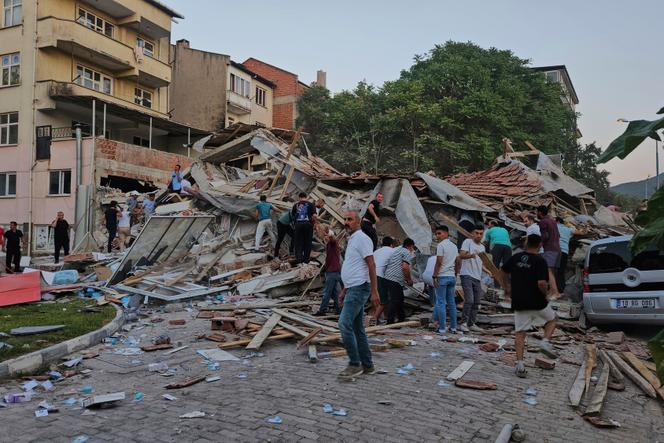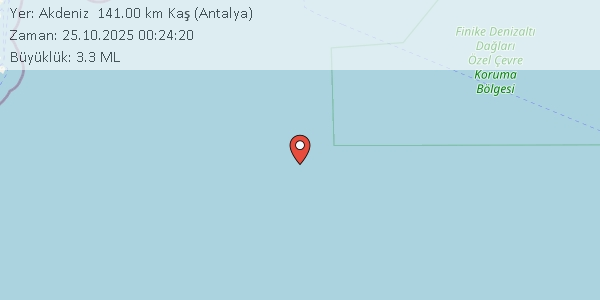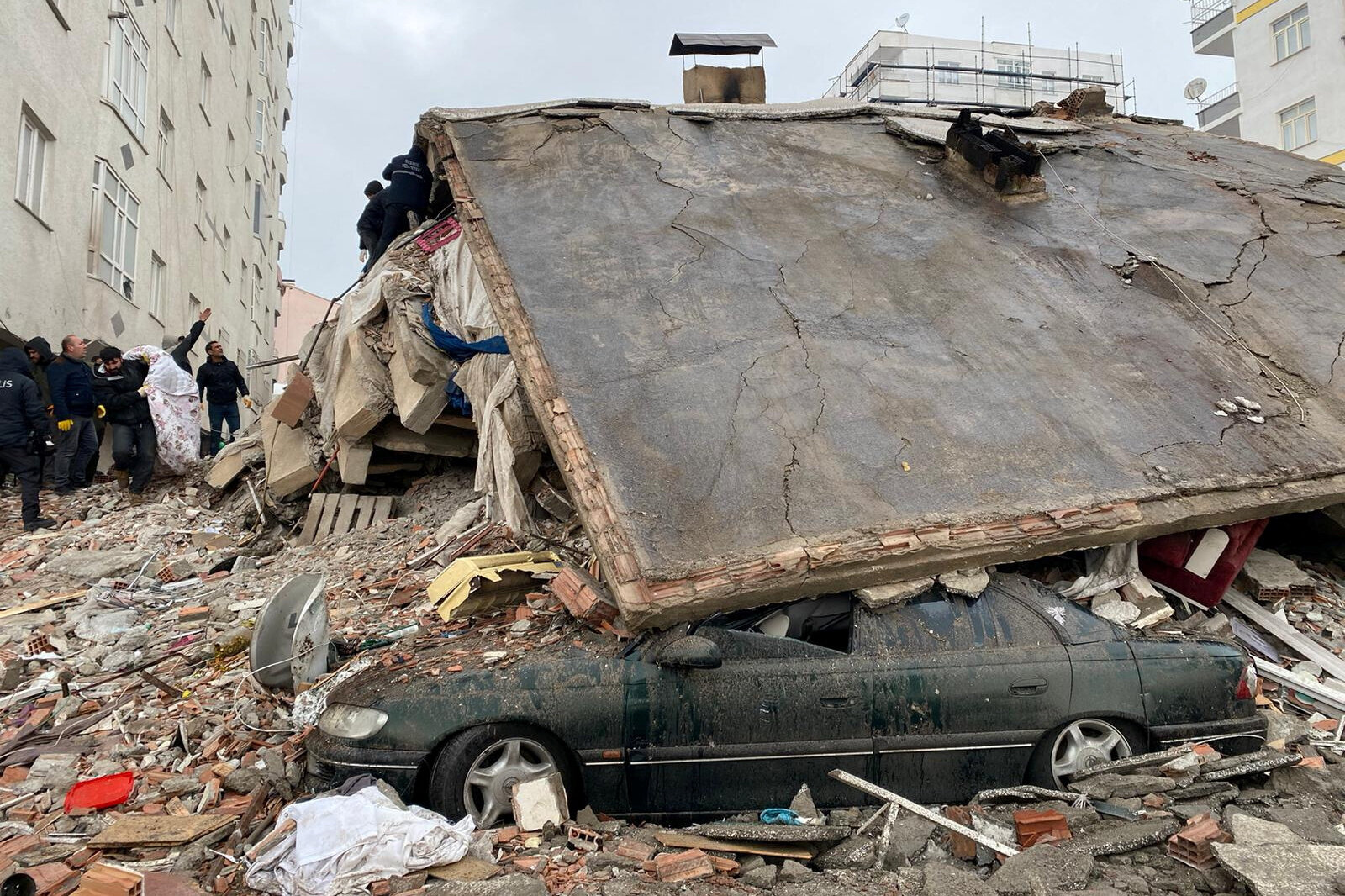
Introduction
The recent Turkey earthquake has captured global attention, shedding light on the region’s vulnerability to seismic activity and its devastating effects on communities. With thousands affected, the event underscores the need for comprehensive disaster preparedness and response strategies. This earthquake serves as a reminder of the inherent risks faced by countries situated in seismically active zones.
The Earthquake Event
On February 6, 2023, a powerful 7.8 magnitude earthquake struck southern Turkey near the border with Syria, resulting in widespread destruction. The tremor, followed by numerous aftershocks, primarily impacted the provinces of Gaziantep and Hatay, with reports indicating over 50,000 fatalities and millions left homeless. Rescue operations were immediately mobilised as first responders worked tirelessly to locate survivors amid the rubble of collapsed buildings. Government officials described it as one of the deadliest earthquakes in recent history.
International Response and Aid Efforts
In the wake of this disaster, countries around the world offered assistance. Numerous nations dispatched rescue teams, medical personnel, and essential supplies to support local efforts. The United Nations has also called for urgent financial aid to assist the recovery and rebuilding process, highlighting the extensive needs of those impacted. Many humanitarian organisations are actively involved in providing shelter, food, and medical assistance to displaced families, illustrating the importance of international solidarity during crises.
Challenges and Recovery
Despite the initial response efforts, significant challenges remain. Infrastructure in the affected regions has been severely compromised, complicating logistics and the delivery of aid. Furthermore, the onset of harsh winter weather has added to the plight of those housed in temporary shelters, raising concerns regarding health and safety. Experts have stressed that rebuilding efforts must not only focus on restoring physical structures but also on enhancing community resilience against future earthquakes.
Conclusion
The Turkey earthquake serves as a tragic reminder of nature’s unpredictability. As recovery efforts continue, it is imperative for governments and communities worldwide to reflect on earthquake preparedness and implement robust measures to mitigate the impacts of such disasters. Looking to the future, strengthening building codes and investing in early warning systems can save lives and reduce the damage caused by similar events. The resilience demonstrated by the Turkish people during this crisis will be crucial in shaping a safer, more prepared society for generations to come.
You may also like

Japan Issues Tsunami Warnings Following Recent Earthquakes

Overview of Son Depremler: Recent Earthquake Updates
